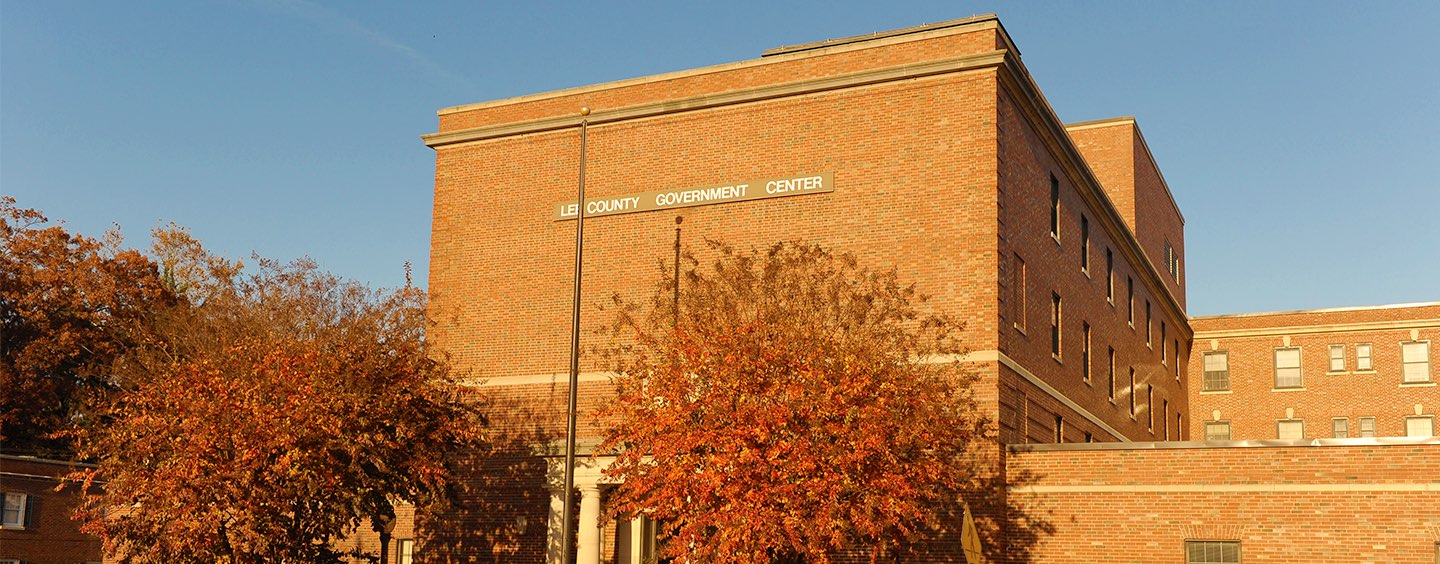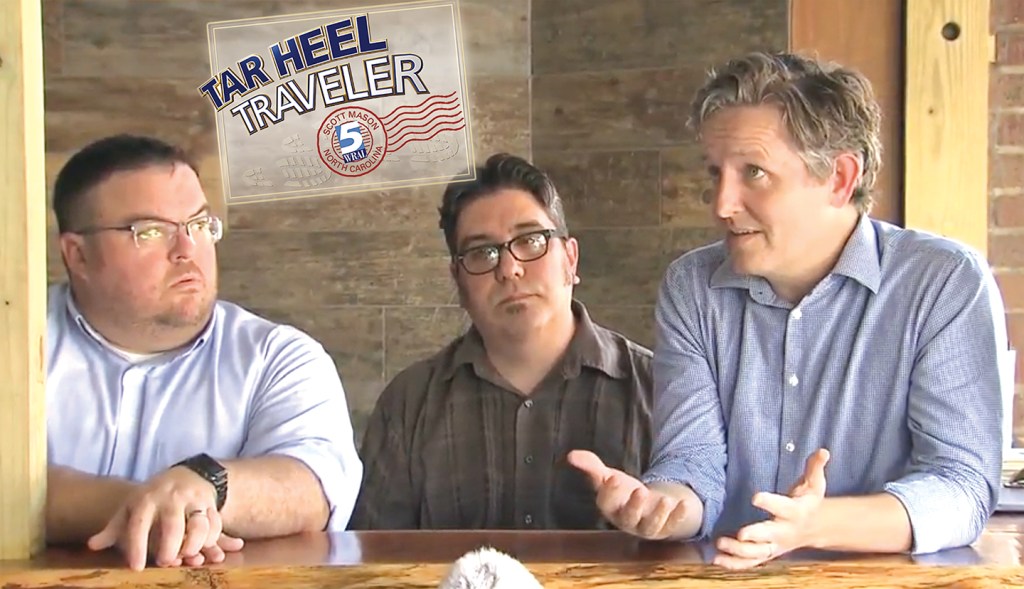By Richard Sullins | richard@rantnc.com
Almost two years after it learned how much to expect from a 2021 landmark settlement between the state of North Carolina and four major pharmaceutical companies who admitted they were complicit in the promotion and distribution of opioid drugs that fueled an epidemic that killed hundreds of thousands of people across the Tar Heel state, Lee County’s Board of Commissioners quietly adopted a resolution on January 22 that outlines how the first five years of funding received from the settlement will be spent.
But the plan was adopted without any discussion amongst the seven commissioners in the same way that they adopted a strategic plan on the goals of the program at their previous meeting on January 8. Both items appeared on the consent agenda for each meeting, a parliamentary maneuver that allows a grouping of several non-controversial items to be voted on with one motion, rather than considered by the board separately.
The total amount of the plan over the next five years is just over $1.8 million, and while the outline of how those dollars will be spent by December 31, 2028 has been discussed by the commissioners many times during the past year, the dollar amounts the board decided to spend on several different purposes – all in a way to bring help to those who need it most and to educate others in ways that would help prevent them from becoming users – received not even a moment’s breath to share with the community.
Here’s how the money will be spent in ten different strategic areas that match back to the initiative’s strategic plan that commissioners adopted on January 8:
- A strategic plan that would carry out any requirements for planning, reporting, and administering the settlement funds during the period, for a total of up to $75,000.
- Evidence-based addiction treatment: Increasing access to evidence-based treatments for individuals with Opioid Use Disorder by providing funding for Medication-Assisted Treatments. The county may partner with other approved, licensed MAT providers to cover treatment costs not covered by other resources. The allocation for evidence-based treatment costs is exactly half of what the county proposes to spend over the next five years, or $900,000.
- Recovery Support Services: $275,000 that would be used to create and hire a certified PEER Support Specialist to provide inmates in the jail, along with community support, in treatment and recovery; and to provide help in accessing treatment and recovery services for those who use drugs.
- Employment-related Services: Tuition costs at Central Carolina Community College would be paid for job training classes for individuals with Opioid Use Disorder who were in treatment and had no other means of covering educational costs. $30,000 is budgeted for this five-year period.
- Naloxone Distribution: $50,000 is authorized to provide Naloxone to organizations that distribute or administer the compound to persons at risk of overdose. Through its RENEW Lee County (Resources for Eliminating barriers, creating New Beginnings, and providing Education for an enhanced Well-being) program, the county will work with existing organizations to target those who are released from jail or prison and who may need the compound during an overdose situation.
- Post-Overdose Response Team: $50,000 to provide first responders, community social workers, and PEER support specialists with post-overdose response kits that include educational information, Naloxone, fentanyl test strips, and other supportive tools for persons who have overdosed.
- Syringe Service Program: $5,000 to support Lee County’s Safe Syringe Program through the Health Department, which contracts with two nonprofit organizations.
- Addiction Treatment for Incarcerated Persons: $100,000 to support continuity of treatment for individuals with a valid prescription from an approved and licensed treatment center, if funding is not available through any other source.
- Re-Entry Programs: $285,000 to support the county’s Re-Entry Program that connects individuals in the Lee County Jail with addiction treatment, recovery support, harm reduction services, primary health care, and other services needed upon release from the jail or the North Carolina Department of Adult Corrections.
- Support People in Treatment and Recovery: $50,000 to provide funding through COLTS vouchers for transportation services to transport individuals to and from treatment or recovery programs.
The total amount of the Opioid Settlement Funds appropriated during the first five years of the program within Lee County is $1,820,000. During the 16 years that the county will receive annual payments as part of the settlement arrangement, the total amount will be $4,206,172. The $26 billion opioid settlement reached in February of 2022 ends all claims against the nation’s three largest pharmaceutical companies – Cardinal, McKesson, and AmerisourceBergen – and a fourth company, Johnson & Johnson.
But it won’t be enough
Two years ago, Commission Chairman Kirk Smith and former County Manager Dr. John Crumpton attended a state-level meeting to learn more about the opioid settlement funding and how it can be spent. Crumpton described that meeting in April of 2022 as “tough, really tough, especially the first couple of hours. The chairman and I saw some really tough things.”
“It was heartbreaking,” Crumpton said at the time. “You hear and see those things, and you just wish that you could do more than what we are able to do right now. And what we are going to be able to do with the money that we will be given.”
The commissioners have struggled get a handle on this issue, one that has impacted the lives of almost every family in Lee County in one form or another over the past decade as first oxycontin, and now the far more deadly adulterated forms of the synthetic opioid fentanyl, are proving fatal to many people on just the very first dose.
But even the $4.2 million that Lee County will get by 2038 won’t be enough to win this battle. Crumpton knew that two years ago.
“Trying to figure out what to do with this money is a tough assignment. $4 million might be enough to put up a building, but we are also supposed to address education and treatment with these same funds,” Crumpton said then.
The board of commissioners is a divided group of four Republicans and three Democrats, and the votes they cast at any given meeting can reflect that political reality. But if there’s one issue on which they’ve marched in lock step, it is on how the county must come together to save lives by addressing mental illness and the opioid crisis. And now that there is real money on the table, there is also a nuanced and well-thought-out plan on how those one-time dollars can best be spent.
Lisa Minter has been county manager for nearly a year now. In the matter of the opioid crisis, she saw the close relationship that often exists between mental illness and substance abuse. As she pulled together a team of county experts to make recommendations on how to address Lee County’s mental health challenges, it made perfect sense to extend that initiative into the related arena of an opioid epidemic that was claiming lives and destroying families week after week.
Both the opioid strategic plan and the resolution directing how the settlement dollars would be spent over the first five years were not discussed by the commissioners as the approvals that will kick-start the program were given. But what the community needs to know is that many of the smartest people in Lee County came together over the last two years to put together a program that will give those who need help most to find a second chance to live, and to make a new start.
The best and the brightest minds who put all this together aren’t interested in seeing their names in print. They just want this to work.





















